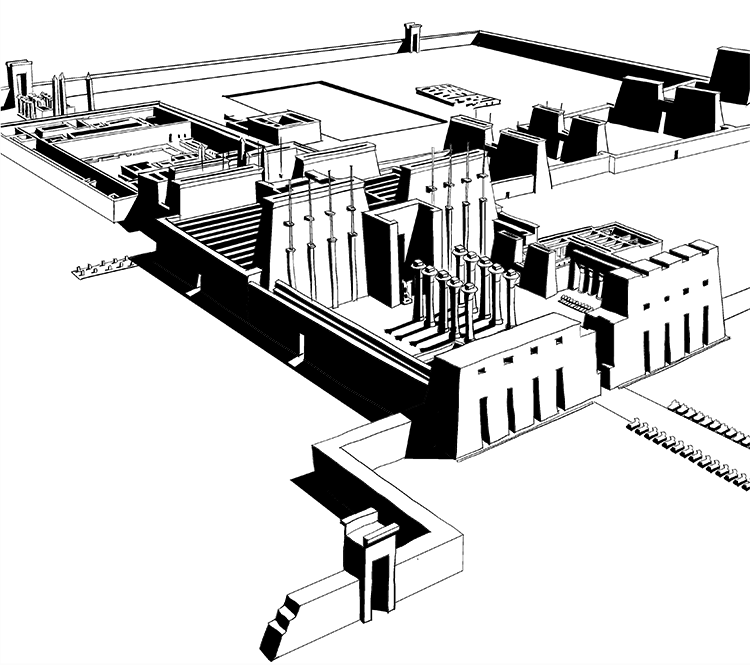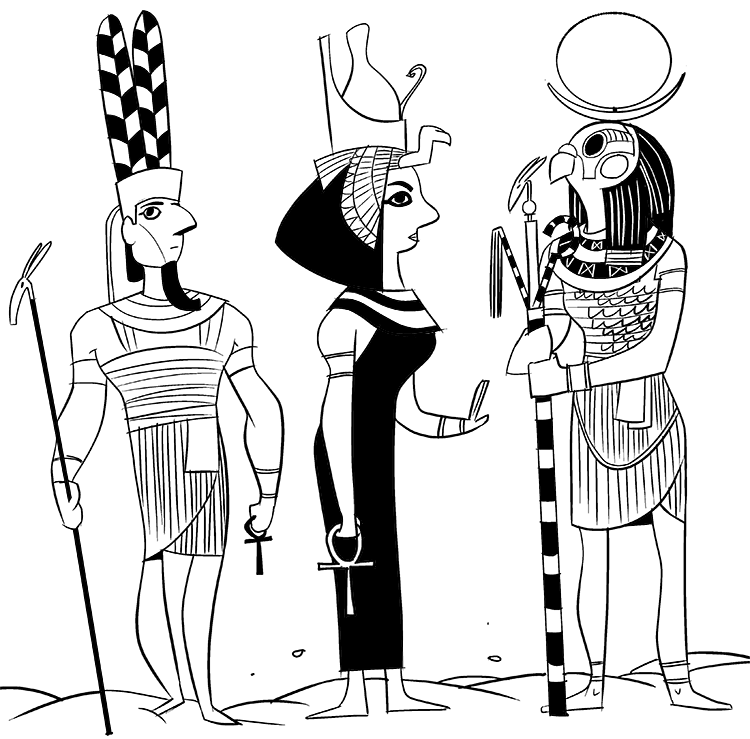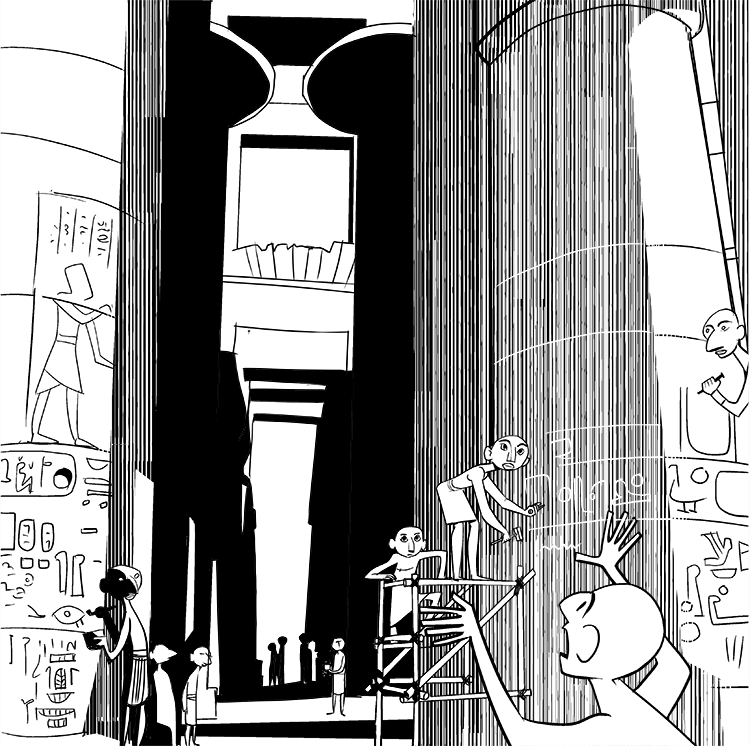The Karnak Temple is the largest religious site in Ancient Egypt and perhaps the entire world. It’s so big that nearly 220 American football fields could fit inside it. Construction occurred continuously for more than 2,000 years, and the latest additions are still standing today.
People have been building large shrines to their gods since the beginning of time, but what makes the Karnak Temple special? Why did the Egyptians dedicate so much time, energy, and resources to the constant construction of one temple?

The Rise of Thebes
During a period ofEgyptian history known as the Old Kingdom, Memphis, a city in Northern Egypt, was the capital. However, by around 2000 BC, its grip on power weakened and a chaotic fight began for control over the Nile River and its many cities.
After 150 years, the king of Thebes, a city in Southern Egypt, defeated Memphis and removed its rulers. This ended the war and instability that had dominated the region since the fall of the Old Kingdom. Thebes then became the capital of Egypt, and its rulers started doing what ancient rulers did best, building temples to the gods.

The God Amun and the Pharaoh
The people of Ancient Egypt were devoutly religious and most loyal to their gods.
To rule, Egyptian kings — also known as pharaohs — had to establish a direct link to the gods. In some cases, they even claimed to be gods. So, to rule all of Egypt, a king had to convince not only the people of his city but also those living elsewhere in Egypt of their divine right to rule.
But this was no small task in a world where each city had its own god. Yet by building large temples and other places of worship, kings could boost the status of one god and earn more subjects. And this is exactly what the Theban rulers did.
After conquering the cities of Egypt previously loyal to Memphis, they used Karnak to showcase the importance of their gods and win over the people of the Nile.
The three main gods in Thebes were Amun, Met, and Khonshu. But of these three, Amun was the most important. As Thebes’ power grew, so too did the influence of Amun. His image was later merged with the Egyptian god of the sun, Ra. This created a new, super god — Amun-Ra — who eventually became one of the most worshipped gods in all of Egypt.
Part of the reason this happened was because the Theban kings continued to add to the Karnak Temple, which eventually became a shrine to Amun-Ra.
The temple also served to house the priests and elites of Egyptian society. Commoners were not allowed in, but this didn’t bother them. In fact, kind of like a fancy restaurant that never has any reservations, its exclusivity increased its allure.
Because it was so important to their power, construction on the Karnak Temple took place almost continuously during the some 2,000 years in which Thebes was the capital of Egypt.
Each new king would add to it or change it as they saw fit. Or, to flex their muscles and look more powerful, they might destroy what had been built by previous kings so that they could erect something bigger and even more impressive.

Prosperity in Egypt
The size of the Karnak Temple complex shows the kings were able to plan and execute large-scale construction projects. This meant locating and transporting resources such as wood and stone. But it also involved finding and commanding people to do the actual construction.
Egypt was rich in stone for building projects but it was hard work and involved transporting huge blocks of stones down the river Nile.
Once at the construction site, sand was used to fill in around the stones and hold them in place. To stack stones on top of one another, the Egyptians used sand ramps. But once the building was done, all the sand needed to be removed, yet another feat of hard labor.
The Egyptians may have been dedicated to their gods, but Karnak was not built on dedication alone. Instead, it was the power and authority of Thebes that made all this coordination and organization possible.
In addition, the various buildings at Karnak are covered in relief sculptures and other works of art. These were the efforts of the countless artisans living in a prosperous Egypt.
Both its beauty and its size have made the Karnak Temple a symbol of the wealth and power of Ancient Egypt starting in the Middle Kingdom and continuing through to the New Kingdom.
Written by Matthew Jones
Illustrated by Pablo Velarde Diaz-Pache
